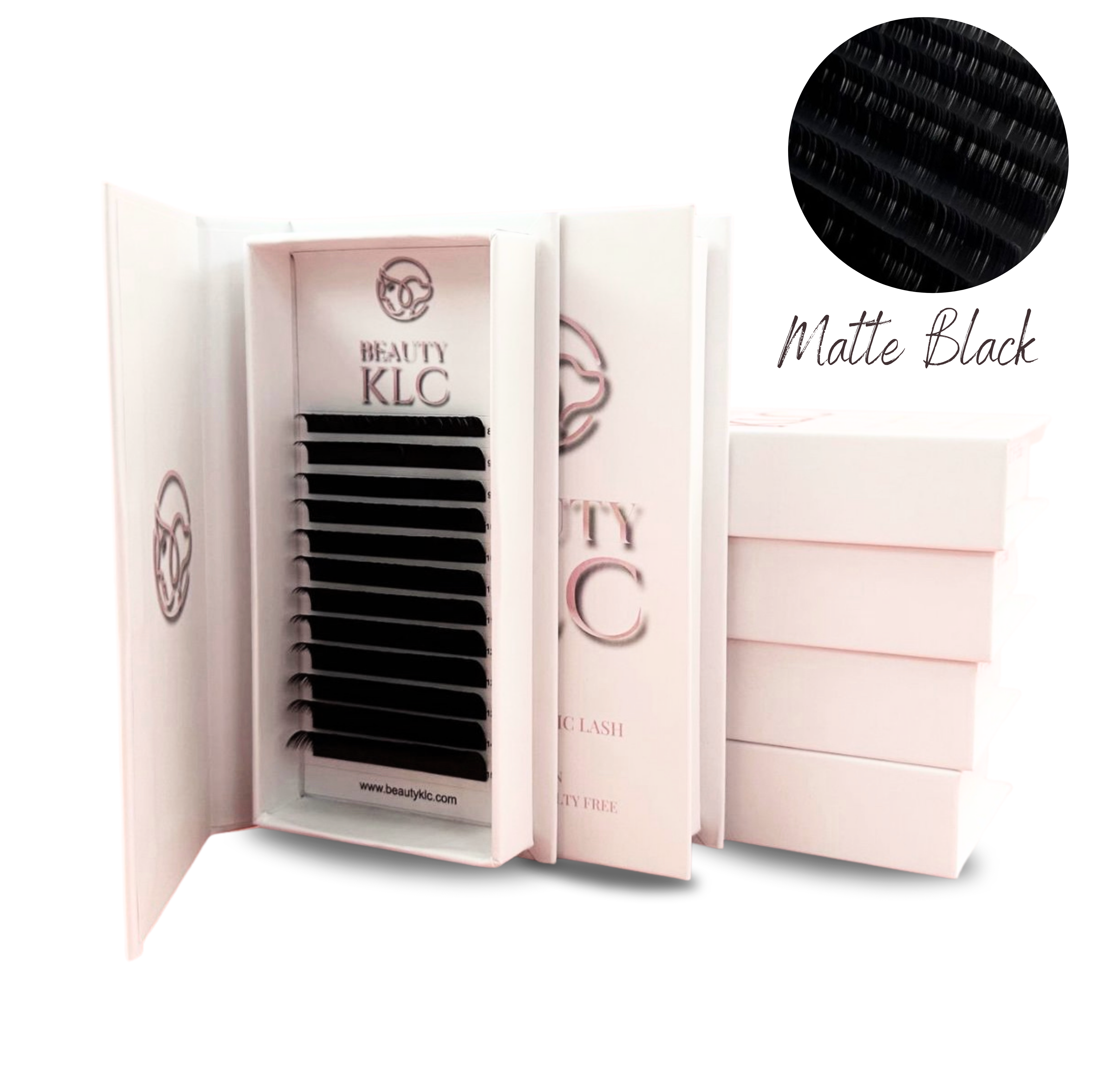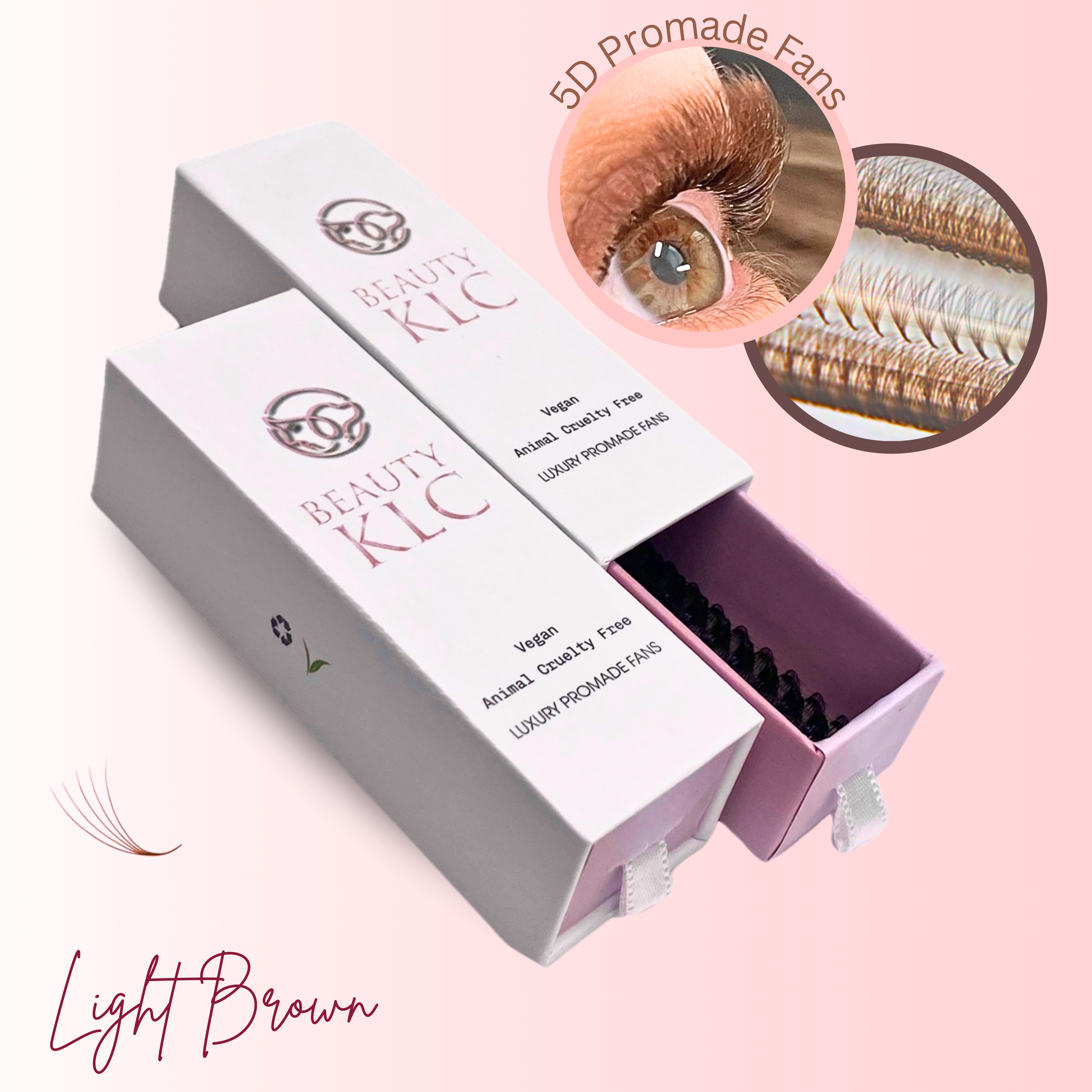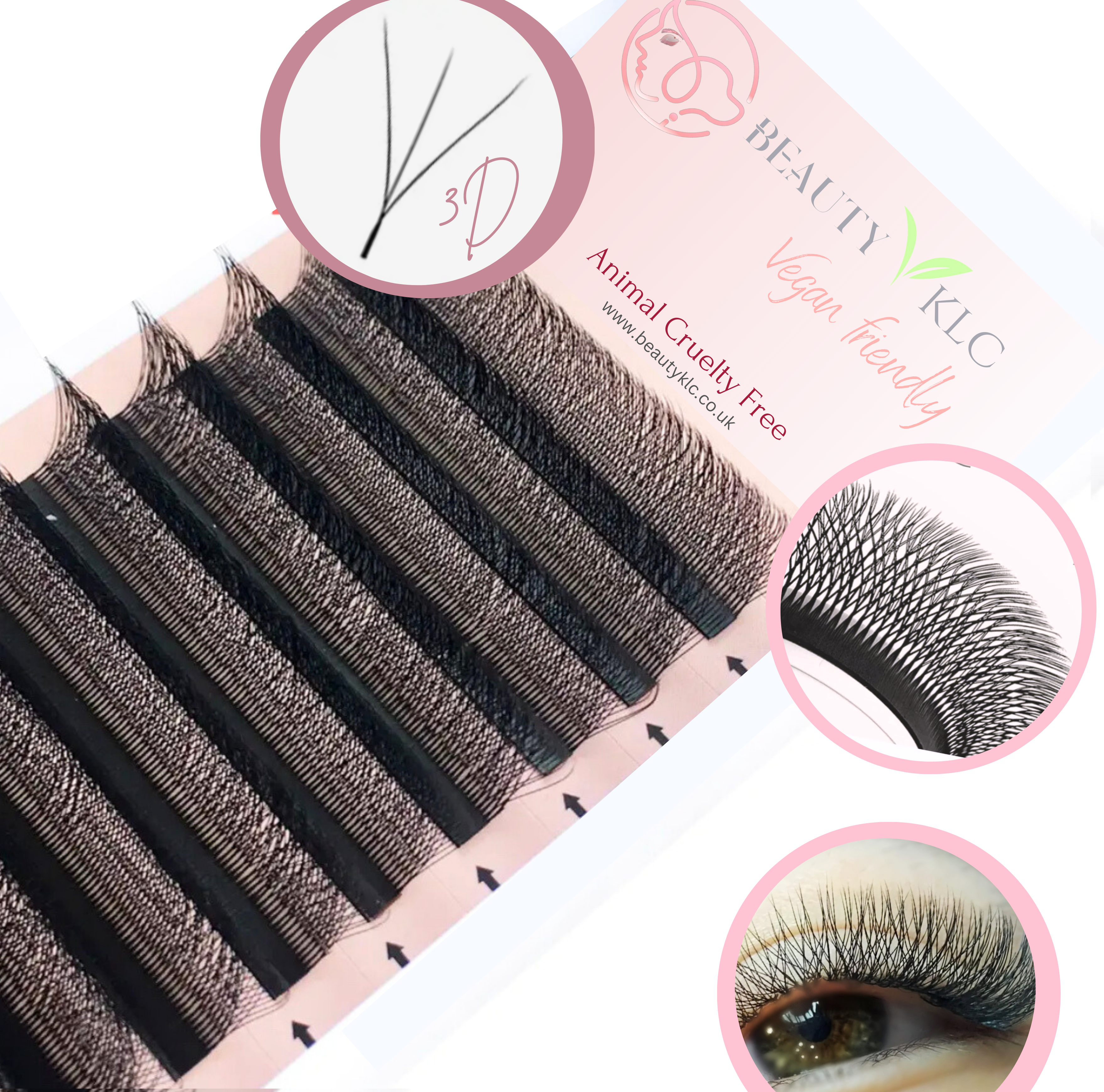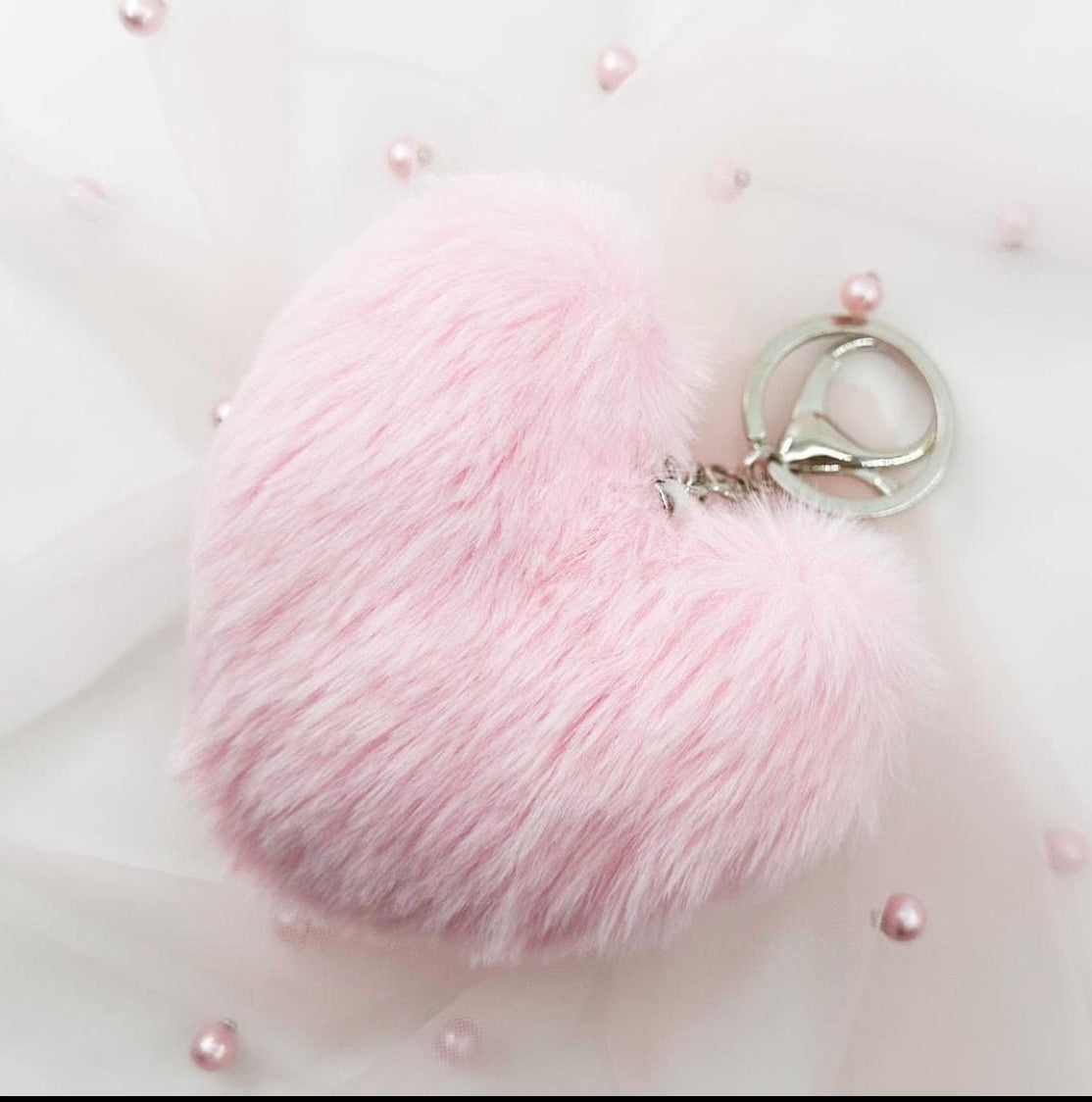Lash Shedding Season: What Lash Artists (and Their Clients) Need to Know

If you’re a lash artist, chances are you’ve heard this more than a few times:
“My extensions are falling out-what’s happening?”
Before you panic (or your client does), here’s the truth: lash shedding is totally normal. But during certain seasons, it can become more noticeable. As professionals, it’s our job to educate clients and adjust our approach to keep their lashes and their trust intact.

The Natural Lash Growth Cycle
Every natural lash follows a cycle made up of three stages:
1. Anagen (Growth Phase): The lash is actively growing from the follicle.
2. Catagen (Transition Phase): Growth stops, and the lash gets ready to shed.
3. Telogen (Shedding Phase): The lash falls out to make room for a new one.
Most people have 90 to 150 upper lashes per eye, and it’s completely normal to lose 1 to 5 lashes per day.
When someone wears lash extensions, each extension is attached to a natural lash, so when that lash falls out, the extension goes with it. This can alarm clients, but it’s all part of the cycle.

What Is Seasonal Lash Shedding?
Just like the hair on our heads, lashes can shed more during certain times of the year, usually spring and fall. This is known as seasonal lash shedding, and yes, it’s real.

Why It Happens:
While the exact cause isn’t fully known, it’s likely related to changes in temperature, humidity, hormones, and sunlight exposure. These shifts may trigger the body to enter a shedding phase.
As lash artists, understanding this helps us prepare clients and adjust their fill schedules accordingly.
When Shedding Is Normal vs When It’s Not
While lash loss is usually natural, some signs point to something else going on.
Red Flags:
• Extensions falling out in clumps or leaving gaps
• Redness, itching, or irritation around the lash line
• Excessive fallout within 1–3 days of a set
• Extensions shedding without natural lashes attached
Possible Causes:
• Extensions that are too heavy or long for the natural lash
• Poor isolation or adhesive issues
• Allergic reactions
• Improper aftercare (rubbing, oil-based products, sleeping face-down)
• Hormonal or medical conditions
If you spot these issues, it’s important to have a calm, educational conversation with your client and recommend a professional check-up if needed.
How to Handle Lash Shedding Season Like a Pro
1. Educate Clients Early
Talk about lash shedding before clients notice it. A simple heads-up can prevent confusion or concern.
“This time of year, you might notice more lash loss, it’s normal and temporary.”
2. Recommend More Frequent Fills
Encourage clients to book fills every 2 to 2.5 weeks instead of 3+ weeks. This helps maintain fullness and retention.
3. Go Lighter on the Lash Line
Consider using shorter or lighter extensions or smaller volume fans to reduce weight and strain on natural lashes.
4. Reinforce Aftercare
This is the time to double down on aftercare reminders:
• Avoid rubbing or tugging
• Sleep on your back or with a lash-safe mask
• Don’t pick at or play with extensions

Words That Build Trust
Use these phrases to reassure clients without sounding defensive:
• “Each lash has its own cycle, shedding is normal.”
• “You’re not losing your lashes, just making space for new ones.”
• “Let’s adjust your fill schedule a bit this month.”

Final Thoughts: Be the Expert They Trust
Seasonal lash shedding is completely natural but to clients, it can feel like something’s gone wrong. That’s why it’s important to lead with education, empathy, and expertise.
When you explain the lash cycle, adapt your technique, and offer reassurance, you become more than just a lash artist, you become the trusted professional they rely on year round.
Clients come for the lashes, but they stay for the experience and for you.













Leave a comment